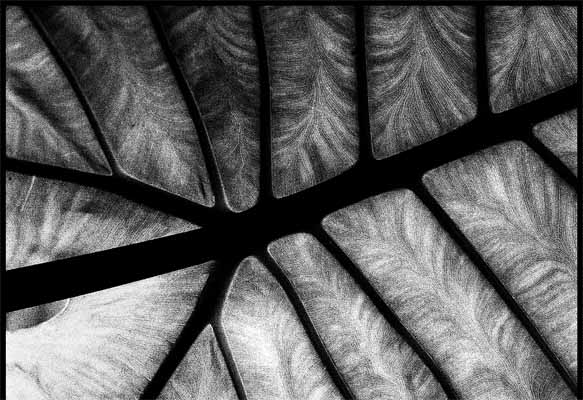3/31/2010
The secrets of driftwoods
Wood is a precious thing worth having in Africa. The locals mass at the shore as soon as the high tide withdrews to collect the gift of the ocean. The largest pieces of wood are sawn on the spot and carried home by wheel barrows. The nomadic sculptors of the Sahara mostly hunt for the fragrant thuya roots or for acacia wood. Acacia is a Genus of shrubs and tree belonging to the family of Magnoliopsida to the order of Fabales and to the Subfamily Mimosoideae of the family Fabaceae. It originally has bright colour and as the effect of the ocean and the sunshine it quickly becomes dark brown or almost black. It could be slightly distinguished from ebony wood. Thuya has been used for fuming during sacrificial or other ritual ceremonies beyond memory. Its name also originates from the Greek "thero" which means to sacrifice. The thuya root of the nomadic sculptors is not only used for its long lasting fragrance but also for its beautiful burr. The shiny, glittering surface is not the result of varnishing. A piece of cloth is soaked with pure alcohol and a pebble is covered by this cloth. The surface of the wood is rubbed with it until the desired effect is reached. The statue of Téglás István titled "The Redish Design Face" was made of Moroccon acacia wood.
Subscribe to:
Post Comments (Atom)



No comments:
Post a Comment